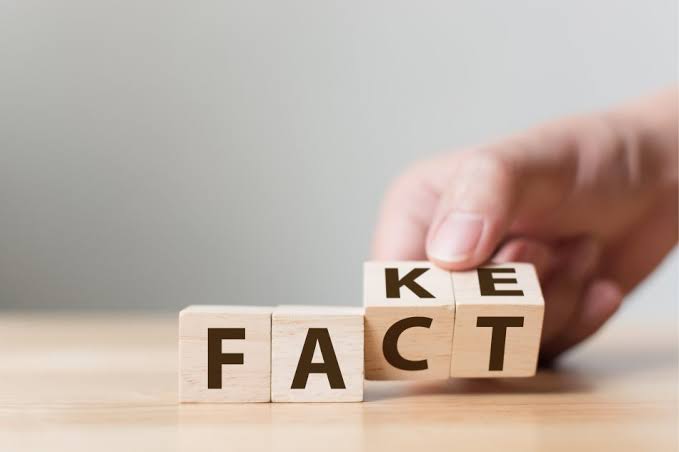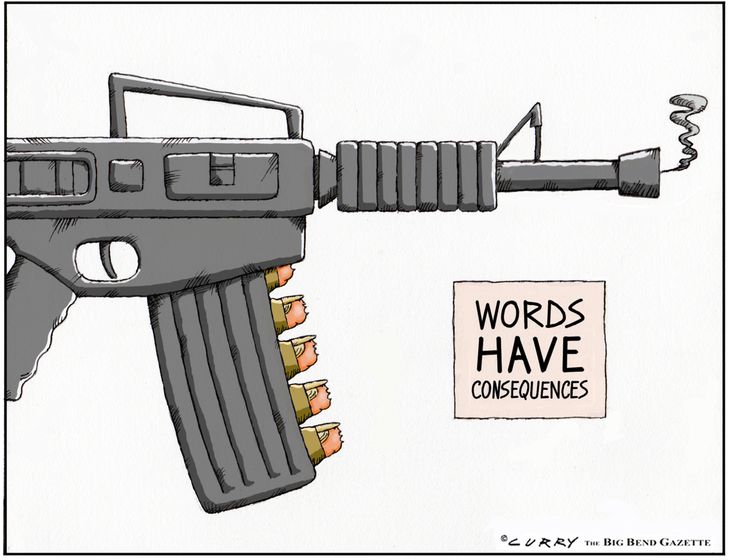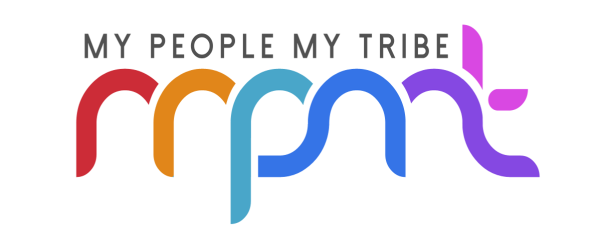
As we enter the new decade one would think that surely now climate change is becoming too hard to ignore. Here in Australia we are facing the worst bushfires in our history, but we are not unique, extreme weather has grown more frequent and more dangerous in the past few years. But what worries me is that this new decade will be the first that will be entirely in the new “post-truth” era, and we will see a further rise of ‘tribalism’ in our political and cultural discourse.
What this means is that climate change deniers will use ‘alternative facts’ (bare faced lies) more and more even as the world burns arounds us.
I am not saying dishonesty in political and cultural debate is a new thing – but it sadly now becoming the norm. I believe this is in great part due to Donald Trump being elected to President of the United States. If one of the world’s leading champions of “post-truth” politics can be elected to what is essentially the most powerful position in the world, then what hope is there for truth, facts and honestly?
President Trump clearly does not care one jot whether what he says bears any relation to reality and he seems to have become more and barefaced in his lies and is not punished for this. This is not ok, and all this does is work to reinforce prejudices and validates the us-versus-them mindset that feeds the rise in tribalism in our society.
Don’t get me wrong, I don’t think it is all Trump’s doing, even Boris Johnson who has twice been sacked for lying (by the Times newspaper over a made-up quote and by his own political party over an affair), something the British public were well aware of. Yet he still managed to win a landslide general election, with his chief adviser Dominic Cummings who came up with the lie that Brexit would generate £350m a week for the NHS by his side.
Post-truth has also been aided by the evolution of both the media in general and social media. The rise of ‘social media’ platforms as a form news sources has shaped conversation in which lies, rumour and gossip spread with alarming speed. The eco-chamber effect only amplifies this, where lies that are shared online within a network, whose members trust each other more than they trust typical mainstream-media sources, quickly take on the appearance of truth.
General media channels only exacerbate the situation by presenting these lies (alternative facts) as ‘news stories’ and often fail to ‘fact check’ clearly dishonest claims or stories.
The reason this worries me so much is that the more we see the effects of climate change the more we see climate change deniers behaving as if truth doesn’t matter at all—they don’t appear to regard themselves as lying, because they exist in a world of opinion over facts. They continue to repeat the same untruthful talking-points even if they have been revealed time and time again to be false. They accuse scientists of touting “fake data”, while peddling lies themselves. This ‘tribe’ of climate change deniers are given more and more air time, in fact I would suggest they get more air time than the vast majority of the world’s climate scientists and in a post-truth era this will make significant and meaningful action on climate change even hard to realise, even in the face of such devastating fires as we are seeing here in Australia at the moment.










 Well, it has been a while since I last muttered away about anything. In fact since my father passed away last year I seem to have had very little to say on here, or in life for that matter. It has been a strange time, life goes back to normal, you go to work, you eat, you chat you move on, but something inside you does not, it stays stuck. I guess that is why I have not blogged, I have been feeling stuck, stuck in this well of emotions that I feel like I am drowning in, but doing nothing to really help myself. Close friend and family have said I should ‘talk to someone’, and they don’t mean the postman. I know I ought to, but I am not really one for doing that, I seem to find it easier to mutter away at a keyboard to no one in particular. I think this way I feel safe that no one if going to challenge me about what I am thinking and why.
Well, it has been a while since I last muttered away about anything. In fact since my father passed away last year I seem to have had very little to say on here, or in life for that matter. It has been a strange time, life goes back to normal, you go to work, you eat, you chat you move on, but something inside you does not, it stays stuck. I guess that is why I have not blogged, I have been feeling stuck, stuck in this well of emotions that I feel like I am drowning in, but doing nothing to really help myself. Close friend and family have said I should ‘talk to someone’, and they don’t mean the postman. I know I ought to, but I am not really one for doing that, I seem to find it easier to mutter away at a keyboard to no one in particular. I think this way I feel safe that no one if going to challenge me about what I am thinking and why.

